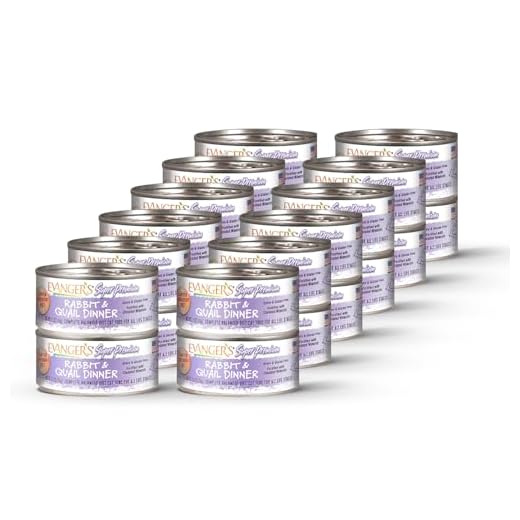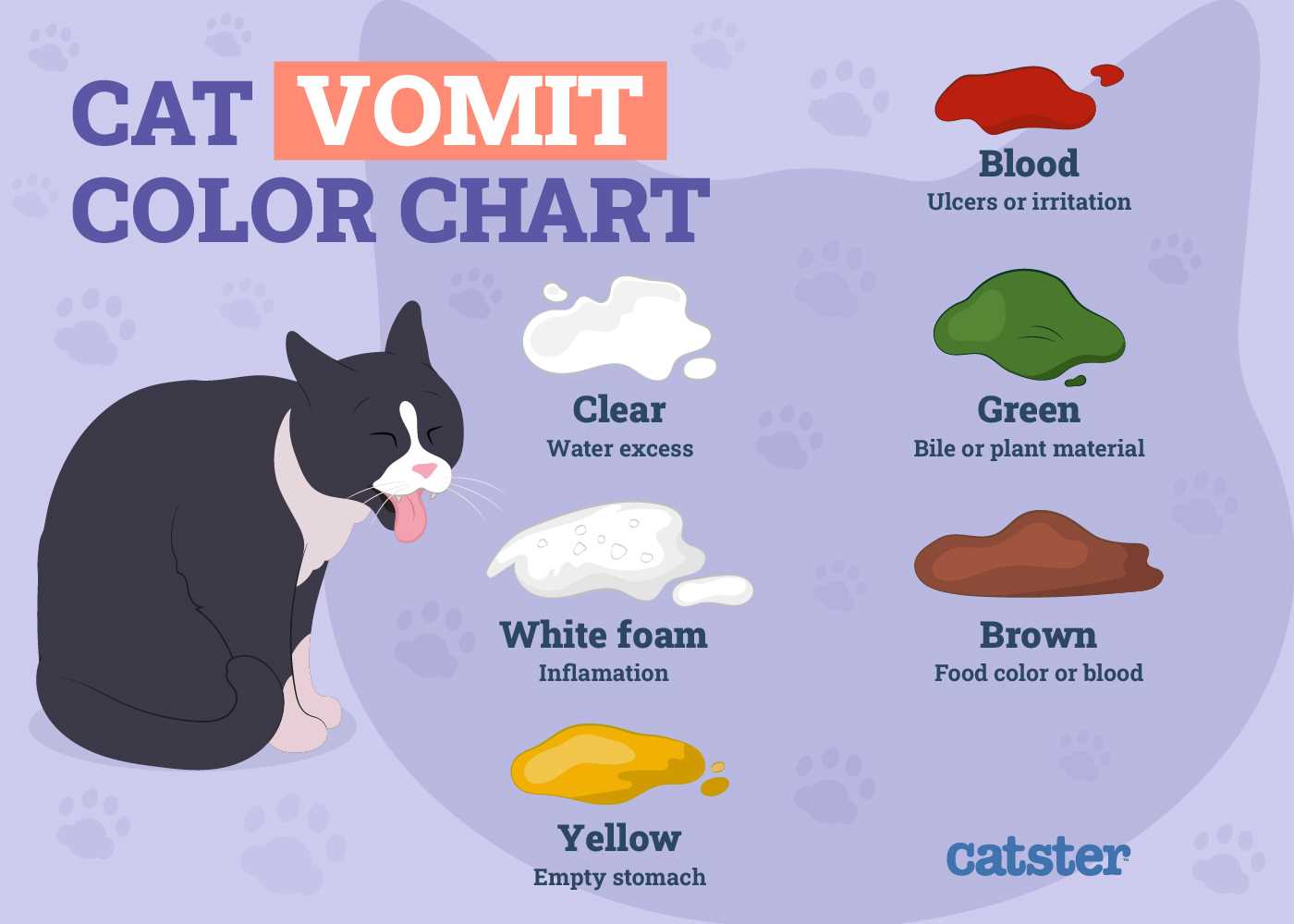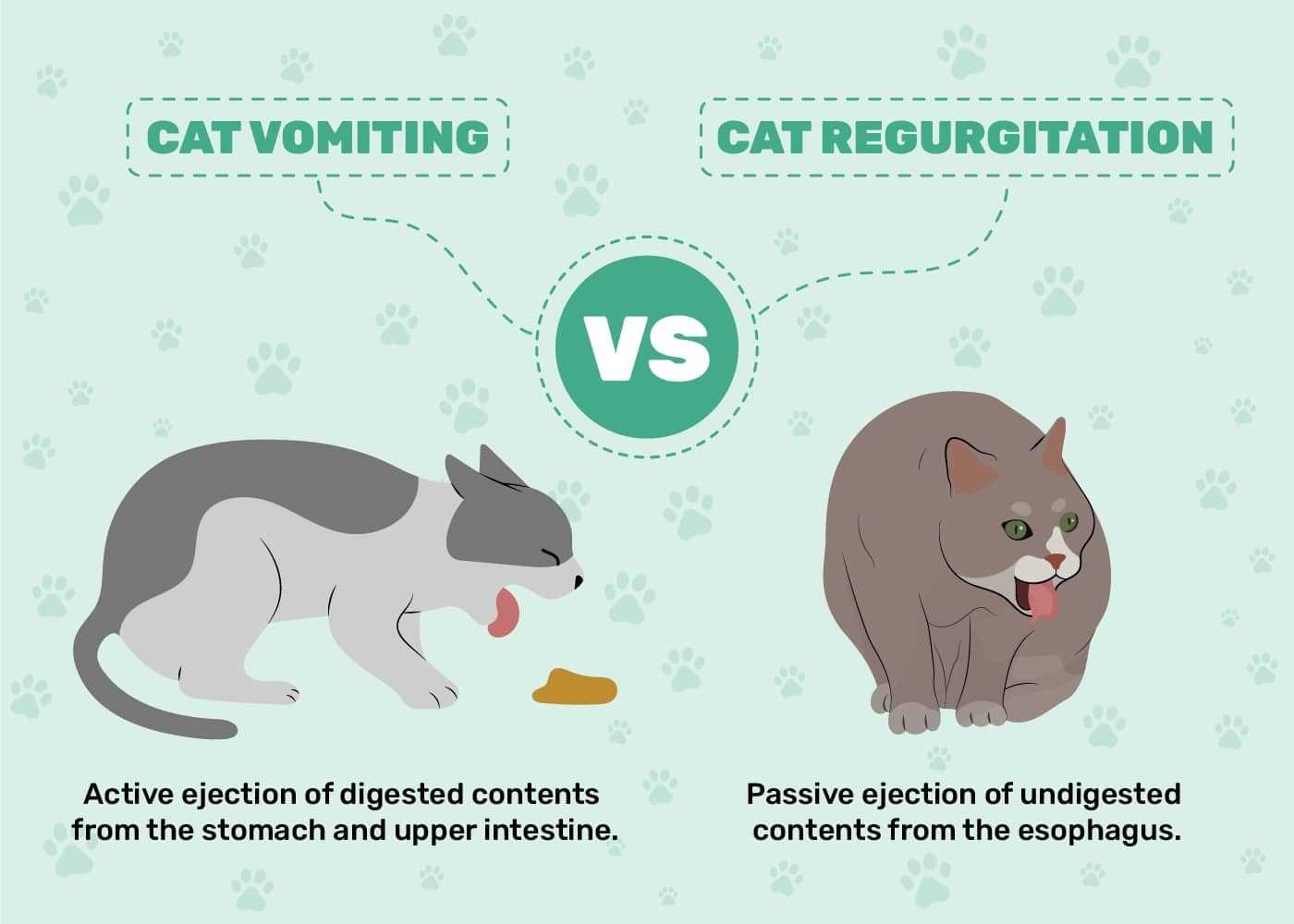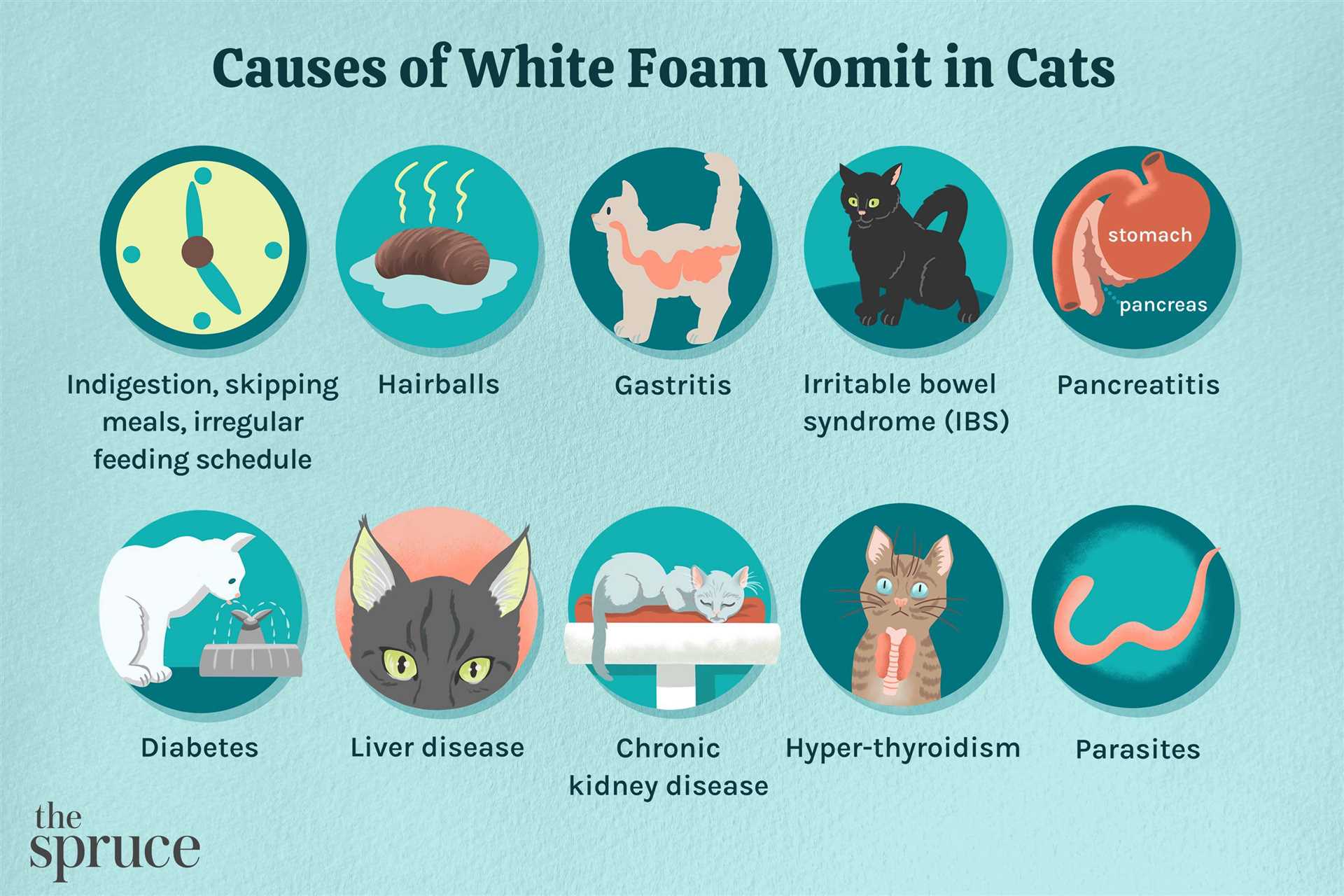



Feeling unwell right after meals can be frustrating. If you notice this happening frequently, it’s time to explore potential causes. One common reason might be eating too quickly. When I rush through my food, I tend to gulp down air along with it, leading to discomfort and subsequent regurgitation.
Another factor could be the type of food offered. Certain ingredients or flavors might not agree with my sensitive stomach. High-fat diets or abrupt changes in diet can upset my digestive system. It’s advisable to introduce new foods gradually to see how my body reacts.
Additionally, underlying health issues could contribute to these symptoms. Conditions like allergies, gastrointestinal disorders, or infections might be at play. Regular veterinary check-ups are essential to rule out serious concerns and ensure I’m healthy.
Lastly, consider my eating environment. Stressful surroundings or disturbances during meal times can affect my appetite and digestion. A calm, quiet space is ideal for enjoying meals without anxiety.
Understanding the Issue
To tackle the problem effectively, it’s essential to identify potential triggers that lead to discomfort following meals. Here are some common causes:
- Rapid consumption of food: Eating too quickly can lead to swallowing air, causing nausea. Consider using a slow feeder bowl.
- Dietary sensitivities: Certain ingredients may not agree with the stomach. Transition to a hypoallergenic or grain-free option after consulting a veterinarian.
- Overeating: Monitoring portion sizes is crucial. Check feeding guidelines to ensure proper amounts are given.
- Hairballs: Regular grooming minimizes fur ingestion. Incorporate hairball control treats or special diets.
- Underlying health conditions: Conditions like gastrointestinal diseases or infections can be serious. Schedule a vet visit for a thorough examination.
Preventive Measures

Implementing a few strategies can significantly improve the feeding experience:
- Introduce smaller, more frequent meals to reduce stress on the digestive system.
- Ensure fresh water is always available to aid digestion and hydration.
- Monitor for any signs of distress or changes in behavior post-meal to catch issues early.
When to Seek Help
If symptoms persist or worsen, seeking veterinary assistance is key. Keep a diary of feeding habits and any unusual occurrences to provide your vet with comprehensive information.
Common Causes of Vomiting in Cats

My humans often wonder about the reasons behind my occasional regurgitation. Here are some leading factors that could contribute to this situation.
Dietary Issues
Food sensitivities or intolerances can trigger an upset stomach. Ingredients like dairy or certain proteins might not sit well with some of us. It’s wise to monitor what’s on the menu and consider switching to a limited-ingredient diet if problems arise.
Eating Habits
Inhaling meals instead of chewing can lead to gastrointestinal distress. Slowing down the feeding process with puzzle feeders or smaller portions may help. Also, ensure fresh water is available, as dehydration can exacerbate digestive problems.
Hairballs are another common culprit, especially for those with longer fur. Regular grooming can minimize the amount of fur ingested and reduce the chances of hair-related issues. If the problem persists, consult a veterinarian for further analysis.
Lastly, stress or anxiety can affect digestion. Changes in the environment, such as new pets or moving houses, might upset the routine. Creating a calm and safe space can help alleviate stress-related reactions.
How Feeding Technique Affects Vomiting
Feeding smaller portions throughout the day significantly reduces the chances of regurgitation. Instead of one large meal, I prefer several tiny servings. This method eases digestion and lowers the risk of discomfort.
Choosing a shallow dish can also make a difference. Deep bowls may force me to strain my neck, leading to gulping air while eating, which often triggers a reaction later. A flatter bowl ensures a comfortable eating posture.
Feeding at a consistent schedule helps establish a routine. I thrive on predictability; irregular feeding times may cause stress, contributing to digestive issues.
Introducing elevated feeding stations can improve digestion. Standing while munching allows gravity to assist in the process, minimizing the likelihood of any post-meal disturbances.
Monitoring the speed of consumption is crucial. Using puzzle feeders or slow-feeding bowls encourages a more leisurely approach, decreasing the chance of ingesting air alongside food.
Lastly, ensuring food is at room temperature can enhance palatability, encouraging me to eat more comfortably. Cold food might provoke a hasty intake, leading to potential digestive upset.
The Role of Food Quality in Feline Upset
Choosing high-quality nourishment is essential for preventing gastrointestinal distress in my fellow felines. Low-grade ingredients can trigger reactions, leading to discomfort after meals. Here are key factors to consider:
1. Ingredient Integrity
- Look for real meat or fish as the primary ingredient. Avoid fillers like corn and soy, which offer little nutritional value.
- Check for artificial additives or preservatives, as these can irritate sensitive stomachs.
- Opt for grain-free options if intolerance is suspected; many whiskered companions thrive on such diets.
2. Nutritional Balance
- Ensure the food contains a balance of proteins, fats, and carbohydrates tailored to our dietary needs.
- Vitamins and minerals play a crucial role in overall health; verify that the food meets AAFCO standards.
High-quality nourishment directly impacts my well-being and can significantly reduce instances of regurgitation. Always read labels carefully and consult with a veterinarian for personalized recommendations based on specific health needs.
Identifying Food Allergies and Intolerances
Switching to a limited ingredient diet can help pinpoint sensitivities. Start by selecting a single protein source, such as turkey or lamb, and a single carbohydrate, like sweet potato. Monitor for changes in behavior and digestion over several weeks.
Keep a detailed food diary. Record everything consumed, noting any reactions. This information is invaluable for veterinarians to assess potential allergens.
Look for signs such as excessive itching, hair loss, or gastrointestinal distress. If these symptoms appear after introducing a new food, it may indicate an intolerance or allergy.
Consult with a veterinarian for allergy testing. Blood tests or elimination diets can provide clarity on specific allergies. Engaging a professional ensures a tailored approach to dietary management.
Consider alternative protein sources. Novel proteins like kangaroo or rabbit can be beneficial for those with common sensitivities.
Gradual food transitions are key. Abrupt changes can upset the stomach, complicating the identification of allergens. Slowly mix the new food with the old over a week.
Stay informed about ingredient quality. Some brands contain fillers or artificial additives that may trigger reactions. Choose high-quality, natural options whenever possible.
When to Consult a Veterinarian About Vomiting
If frequent regurgitation occurs, it’s time to seek professional advice. Indications include persistent episodes, blood in the expelled matter, weight loss, lethargy, or changes in behavior. These signs may suggest an underlying health issue requiring immediate attention.
Frequency and Severity
Monitoring how often the episodes happen is crucial. If it’s more than once a week, a visit to the vet is warranted. Acute changes in frequency or severity can signal serious concerns, so don’t hesitate to reach out for help.
Accompanying Symptoms

Pay attention to additional symptoms like diarrhea, dehydration, or lack of appetite. These can exacerbate the situation and require prompt care. Your furry friend’s well-being depends on your vigilance.
For those looking for effective cleaning solutions post-incident, check out the best pressure washer for pavement to keep your space tidy and fresh.
Understanding Hairballs and Their Impact
Hairballs can significantly affect how I feel after meals. These pesky clumps form in my digestive system when I groom myself, swallowing loose fur. While it’s normal for me to expel hairballs occasionally, frequent occurrences can lead to discomfort and digestive issues.
It’s crucial to recognize the signs of excessive hairball formation. If I’m retching or exhibiting lethargy, it may indicate a problem. Hairballs can block my intestines, which is a serious concern. A proper diet and grooming routine are essential to mitigate this issue. High-fiber foods can help move fur through my system more effectively.
| Tips for Managing Hairballs | Benefits |
|---|---|
| Regular grooming | Reduces loose fur |
| High-fiber diet | Aids digestion |
| Hydration | Promotes healthy digestion |
| Hairball control foods | Specifically formulated to reduce hairballs |
By following these tips, I can minimize hairball-related issues. Regular monitoring of my grooming habits and dietary choices will lead to a healthier, happier life. If problems persist, seeking help from a vet is the best course of action.
Adjusting Your Pet’s Diet to Reduce Vomiting
Switching to smaller, more frequent meals can significantly help. Instead of two larger portions, try serving several smaller ones throughout the day. This approach reduces strain on the stomach and can lead to better digestion.
Incorporate high-quality, easily digestible food into your menu. Look for options that list real meat as the primary ingredient and avoid fillers like corn or soy. Grain-free formulas may also benefit sensitive tummies.
Introduce new foods gradually. Sudden changes can upset the digestive system. Mix a small amount of the new food with the current one, increasing the new portion over several days.
Consider the texture of the food. Some prefer wet food, while others thrive on dry kibble. Experimenting with textures can help identify what suits your needs best.
Monitoring hydration is crucial. Ensure fresh water is always available, as proper hydration aids in digestion. Adding water or broth to dry food can encourage intake.
If anxiety is a factor, explore calming solutions. Supplements can help alleviate stress, potentially reducing the urge to regurgitate. Check out the best calming supplements for cats for recommendations.
Lastly, keep a record of food intake and any incidents. This data can be invaluable for discussions with a vet, helping pinpoint dietary triggers and informing adjustments.
FAQ:
What could be the reasons behind my cat vomiting every time she eats?
There are several potential reasons why your cat might vomit after eating. One common cause is eating too quickly; some cats tend to gulp their food, which can lead to regurgitation. Another possibility is food intolerance or allergy, where certain ingredients in the food upset your cat’s stomach. Additionally, underlying health issues, such as gastrointestinal problems, infections, or parasitic infestations, could also cause vomiting. It’s essential to monitor your cat’s eating habits and consult a veterinarian for a proper diagnosis and treatment plan.
How can I help my cat if she keeps vomiting after meals?
If your cat is frequently vomiting after meals, there are several steps you can take to alleviate the issue. First, consider feeding her smaller portions throughout the day to prevent gulping. You might also try using a slow-feed bowl designed to make her eat more slowly. Changing her diet to a high-quality, easily digestible food can help as well. If these adjustments do not improve the situation, it’s crucial to consult a veterinarian. They may recommend tests to rule out any underlying health conditions and provide specific treatment options tailored to your cat’s needs.












